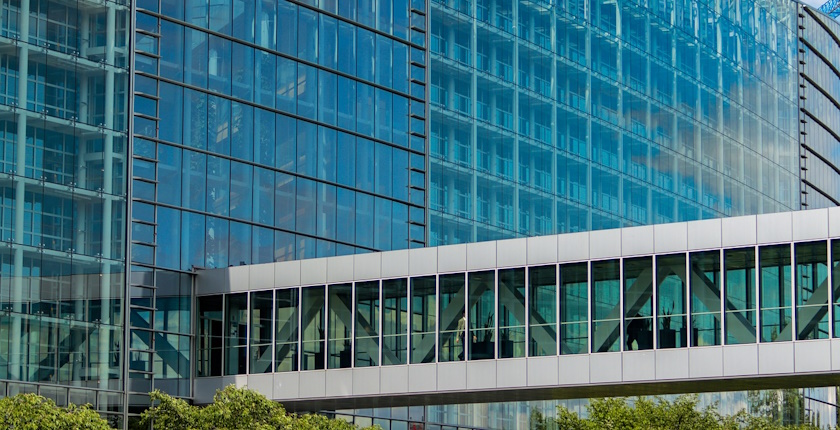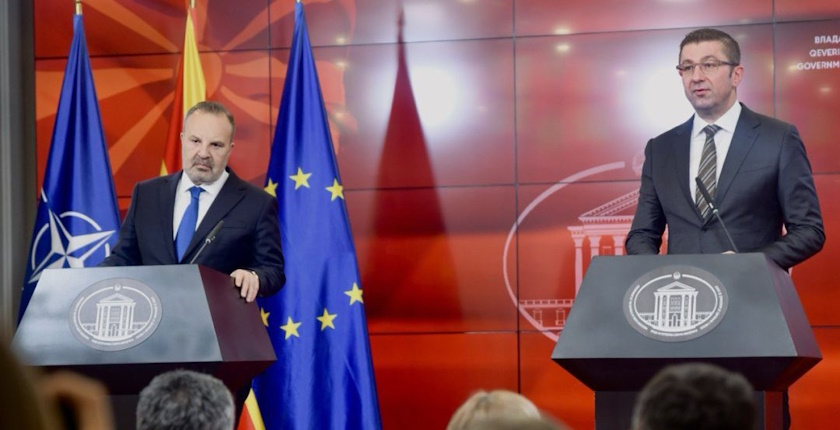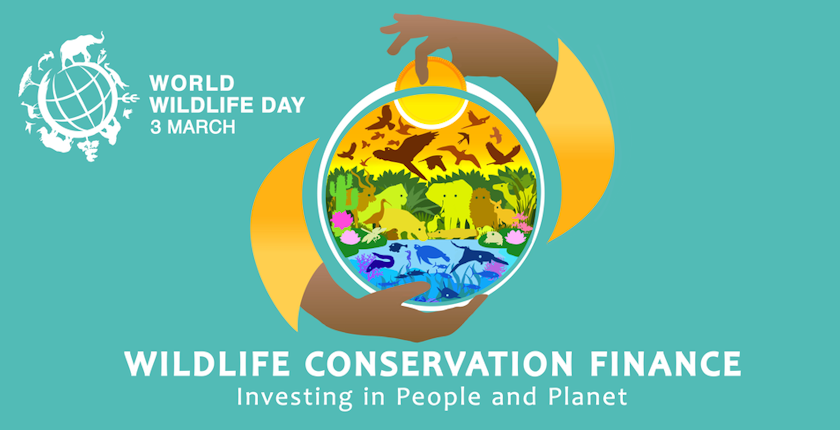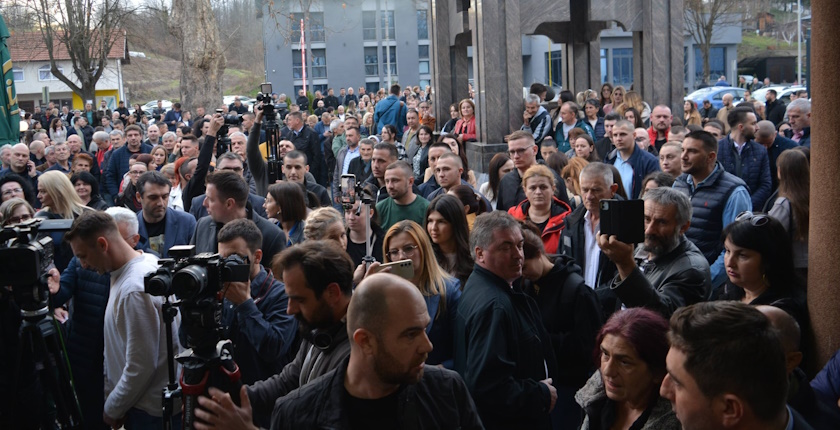
The green transition at a crossroads: how equity can take it forward
By Eliza Barnea, EUSEW Young Energy Ambassador focuses on the need for a Green and Social Deal in the EU to ensure a just and equitable green transition, balancing climate action with social protection for vulnerable groups.
As the new European Commission takes office, debates regarding the bloc’s priorities for the future in a time of permacrisis are in full swing. From the COVID-19 pandemic, the Russian full-scale invasion of Ukraine, the energy crisis and ever-more frequent natural disasters, the events of the past years have kept the EU in a constant stream of crisis response. Yet today’s challenges are structural in nature and long-term in breadth. The cost of living, the international security landscape, the state of democracy and climate change were some of the top priorities that brought people to the polls in the EU election with highest turnout of the past 30 years.
Perhaps the most transformative in its potential impact is the EU ambition to spearhead the transition to climate neutrality. Yet this has been met with mounting frustrations from the part of workers, frustrations which has been exploited by extremist political discourse across Europe. As seen in the results of the recent elections in Romania, the rise of populist movements risks taking us back to square one by questioning the very notion of climate change. The future of the European Green Deal (EGD) and the Fit for 55 package seems still uncertain, yet the need for action is becoming more urgent with every passing moment. According to the Emissions Gap Report published by UNEP in October, the world is on course for a temperature increase of up to 3.1°C. This is more than double the threshold of 1.5°C which governments worldwide committed to upholding almost 10 years ago through the Paris Agreement.
The disastrous effects of climate change have continued to ravage the continent this year, resulting in human and material losses worth tens of billions of euros. As a result, EU election results clearly display the need to better address perceived tensions between environmental objectives and social equity. Climate policy can only work if we also address societal needs.
Climate action and social justice, two sides of the same coin
One poignant example of the interconnectedness between climate action and social justice is the 2024 wave of farmers protests across Europe. A common point of contention are the strict EU environmental regulations and recently agreed-upon trade deal between the EU and the South American trade bloc Mercosur. According to French farmers, the trade deal will flood the EU market with cheap products, developed with loose environmental standards. In response to the farmers’ discontent, the Commission withdrew the Sustainable Use Regulation proposal, which sought to halve the use of pesticides by 2030 in a bid to build sustainable food production chains and support biodiversity restoration.
But agriculture is not the only strategic sector where the push for faster climate action is disproportionately affecting the most vulnerable. The green transition is a whole-of-economy, generational process, a paradigm shift that will reverberate in local communities as much as in geopolitical dynamics.
Some important steps have been taken, from the targets to phase-out coal or fossil fuel boilers to the introduction of the Emissions Trading System for buildings and road transport (ETS2) starting 2027. But while these are essential measures for driving down GHG emissions in the EU, their effect can come as a double-edged sword, to be felt within and beyond the borders. A lack of mitigation of the disproportionate transition costs on the most vulnerable EU citizens bears the risk of further deepening intranational inequalities, fuelling extremism and Eurosceptic sentiments. Outside EU borders, the race to electrification risks displacing polluting activity, driving up environmental and social damage in resource-rich countries and increasing the risk of conflict and displacement in already fragile regions. These are only a few of the negative externalities that cannot be ignored if we want to make the promise of a fairer, greener economic model a reality for all of us and the EU a global leader in the process.
The Social Climate Fund & the Just Transition Fund, an integrated approach to climate action
In this context, it is undeniable that the way forward for the green legislation of the EU executive needs to be a Green and Social Deal, which carefully intertwines social and environmental protection measures along the value chains. EU’s Just Transition Mechanism and the Social Climate Fund are such instruments. If well implemented, they can alleviate the disproportionate impact of green policies on vulnerable groups, while creating opportunities for everyone.
Created in 2023, the Social Climate Fund ((EU) 2023/955) will pool revenues from auctioning allowances from the newly created ETS2 covering CO2 emissions from fuel combustion in buildings, road transport and small industry. It is expected to mobilise over EUR 86 billion over the 2026 – 2032 period, supporting EU countries address the increasing challenge of energy and transport poverty. Tackling the structural causes of energy poverty and providing long-term relief to the most vulnerable is essential for ensuring the legitimacy of one of the most important EU instruments for climate action, the EU Emissions Trading System. Access to these funds will depend on the development of national Social Climate Plans and payments will be conditioned by social and climate targets. These must be done in a participatory way, ensuring that interests of those affected are represented and proposed investments respond to local challenges.
Another essential instrument aimed at balancing social equity and climate action is the Just Transition Fund (JTF, (EU) 2021/1056)). Adopted in 2021, the JTF came as an acknowledgment that achieving the bloc’s 2050 objective of climate neutrality will pose disproportionate challenges on regions dependent on declining polluting industries, with highly-specialised workforce and scarce employment alternatives. Part of the Just Transition Mechanism, the JTF has a budget of over EUR 17.5 billion over 2021–2027. It aims to tackle in an integrated manner the cross-sectoral challenges arising in the decarbonisation of mono-industrial regions, and especially coal regions.
JTF are part of the solution for adapting the future policies to the challenges and realities of the green transition
In many ways, the foundational principles of the JTF are part of the solution for adapting the future policies to the challenges and realities of the green transition. With a focus on territoriality and place-based development, JTF’s targeted support was conditioned by the drafting of Territorial Just Transition Plans (TJTPs) at regional level. In line with the Partnership Principle, the drafting and implementation of TJTPs coagulated diverse stakeholders around a common goal. In many ways, the participatory process unlocked by the JTF has created a best practice precedent essential to the success of the green transition, creating the synergies for local ownership and broader public buy-in. The JTF is now laying the foundation for a green economy, in an ambitious approach unimaginable to coal-dependent and mono-industrial regions just a decade ago.
In Latvia, EUR 1.8 million are allocated to improving the skills of local governments and regional specialists and mitigating the socio-economic consequences of climate change. In Greece, the JTF will provide dedicated support to energy communities for developing self-production initiatives in lignite regions. In the Romanian coal-region of Jiu Valley, the JTF will support the development of a robotics hub for youth on the site of a former mine. In September, CEE Bankwatch Network and 41 other European organisations launched a joint statement asking European decision-makers to continue and strengthen the JTF in the next financial period to ensure that “no one is left behind on the EU’s path to climate neutrality”.
The way forward for the green transition
Creating a level-playing field in the green transition must be a priority through the next Multiannual Financial Framework. As the next long-term EU budget will be negotiated, the focus must remain on continuing the ambitious work already started through the EGD.
Areas of prioritisation should centre on providing adequate financing for targeted support with a territorial approach, based on significant social dialogue, collective bargaining and transparent shared management. Protecting those most affected by mainstreaming strong social and environmental conditionalities and addressing the linkages between social and climate change vulnerability must be guiding principles. Accessing public money should also come with public responsibilities towards the common good. This means supporting local authorities with financial and non-financial tools to develop the knowledge necessary to guide their cities and villages towards climate neutrality. Bringing climate action and its benefits closer to the citizens remains essential for ensuring long-term public acceptance and supporting the behavioural change needed to have sustainability embedded as societal value.
Accessing public money should also come with public responsibilities towards the common good
Additionally, efforts must continue to fill the gaps on sustainable food systems and animal welfare, green industrial transformation and green public procurement in line with EGD objectives, especially on efficiency, sufficiency and circularity. Finally, the external footprint on labour rights and environmental protection of EGD policies and trade agreements must receive increased attention if we are to take the lead in the global transition towards sustainability and act as catalyst for security and prosperity.
A just green transition is an unprecedented opportunity for creating the paradigm shift necessary to tackle the triple crisis of climate change, biodiversity loss and pollution, in a transformative, rather than reformative manner. As laid out in the Fit for 55 Package, the green transition is “an opportunity to reduce systemic inequality” and bring forward a new economic model that holds the well-being of people and the environment at its core. The mission of advancing this forward-looking political vision must be upheld by European institutions and national governments alike.
The promise of the European Green Deal for a fair transition towards a greener, more equitable economic model is perhaps the most ambitious endeavour undertaken by the EU since its foundational promise. Similarly to when the 1950 Schuman Declaration put forward the proposal for what would become the EU, achieving this momentous objective requires “creative efforts proportionate to the dangers which threaten it”. A choice should not have to be made between protecting the environment, the economy or the people. Transforming the economy so it serves all people and our environment, this must be the way forward.
This opinion editorial is produced in co-operation with the European Sustainable Energy Week 2025. See ec.europa.eu/eusew for open calls.
Disclaimer: This article is a contribution from a partner. All rights reserved.
Neither the European Commission nor any person acting on behalf of the Commission is responsible for the use that might be made of the information in the article. The opinions expressed are those of the author(s) only and should not be considered as representative of the European Commission’s official position.





